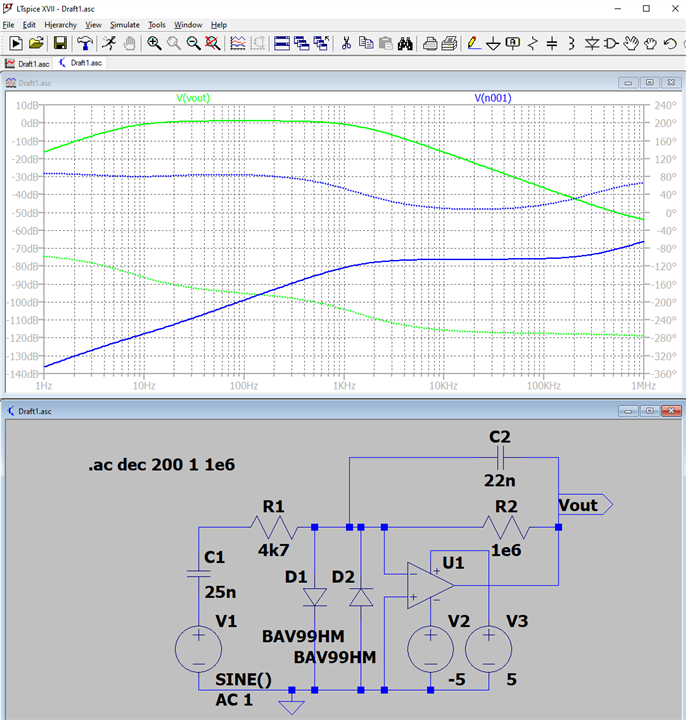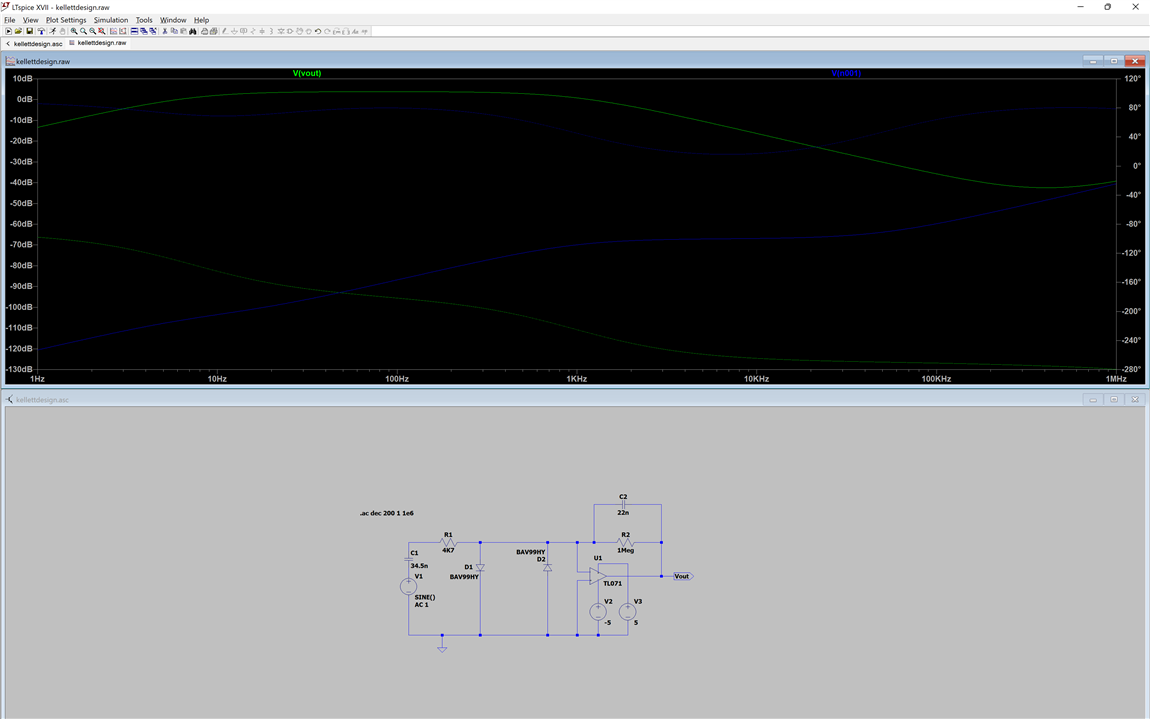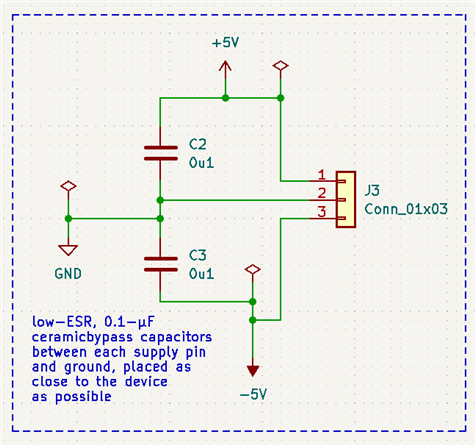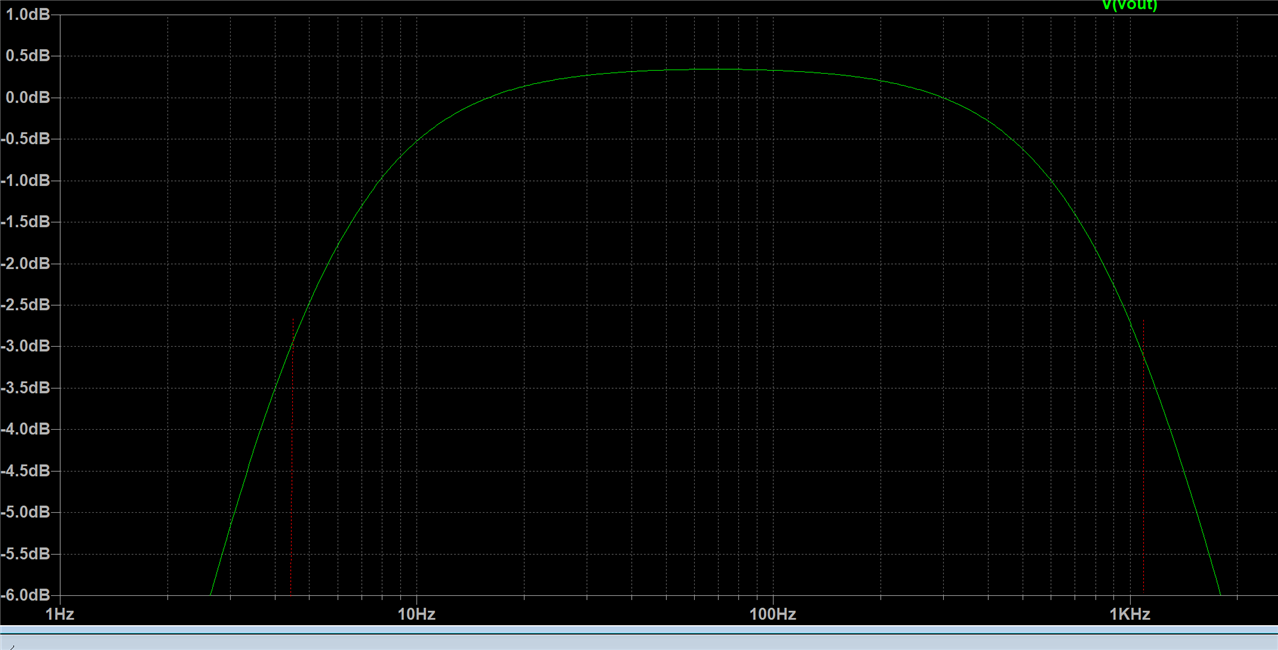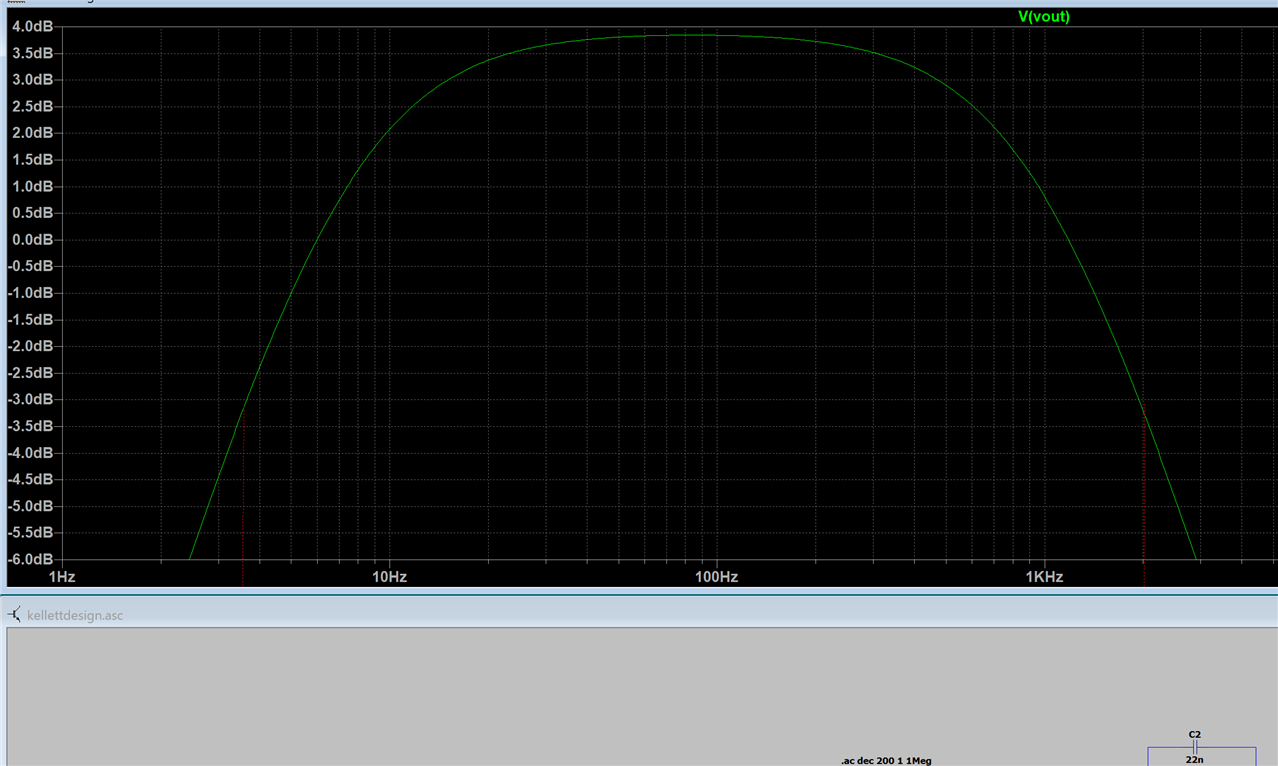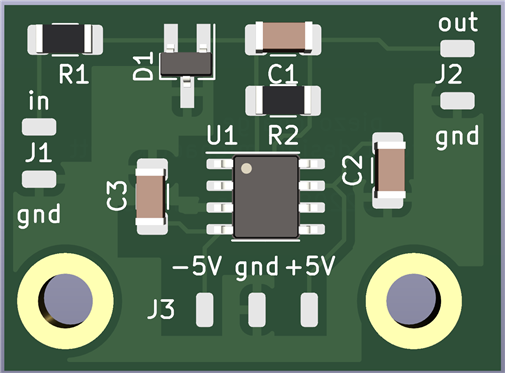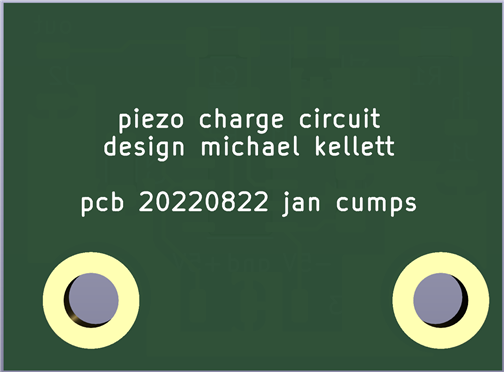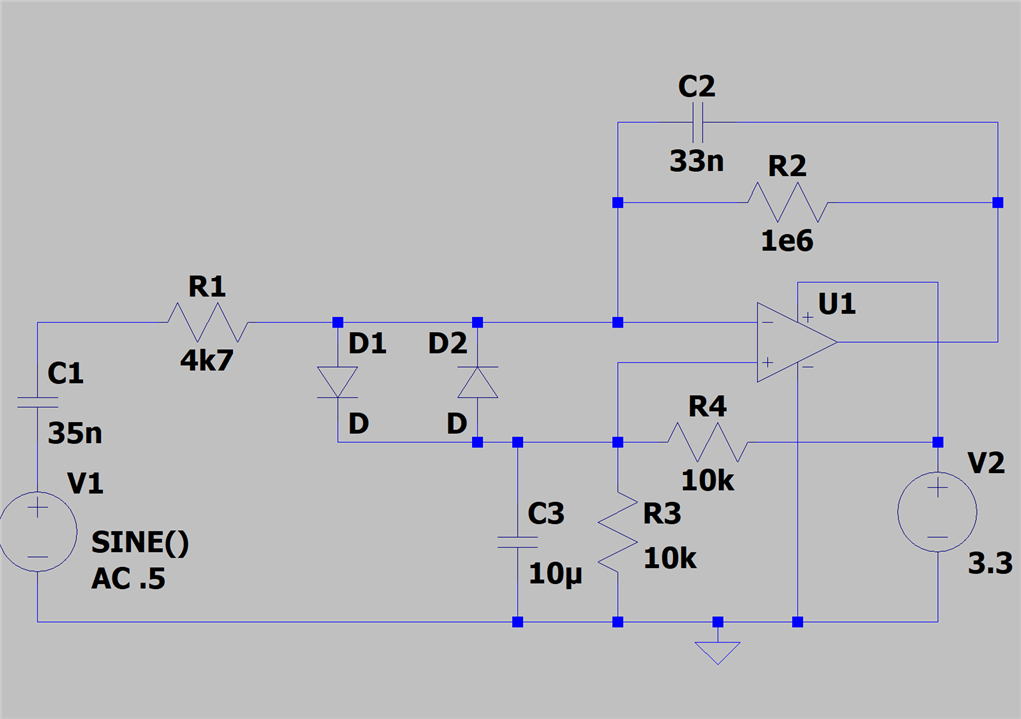|
For balearicdynamics' Tales for Makers Amusement Park, I'm making a predictive maintenance design for the rides and Ferris wheels. They have to be kept safe and in good condition. The project is a little piezo buzzer. In this little forum post , I show that these can generate high voltages that can damage microcontroller inputs.
The artwork in this story is an ode to Benoît Sokal. Comic Artist and Designer of the Syberia game. |
A piezo transducer can act as speaker or sensor. I'm using it as a sensor. Piezo can generate high voltages - an element is used to generate the spark in piezoelectric stove igniters. Although these high voltages aren't generated when measuring usual mechanical vibrations, a protection circuit is advised. Even a medium tap on the sensor generates 10s of volts.

image source: product page of the kit I bought on Conrad
There are breakout kits from several companies for Arduino and Raspberry Pi, that come with a piezo element and a protection circuit. They all seem to deploy the same protection circuit:

The diode is a 5.1V Zener Diode. But let's see what happens if I hit a test probe on the board where sensor sits on: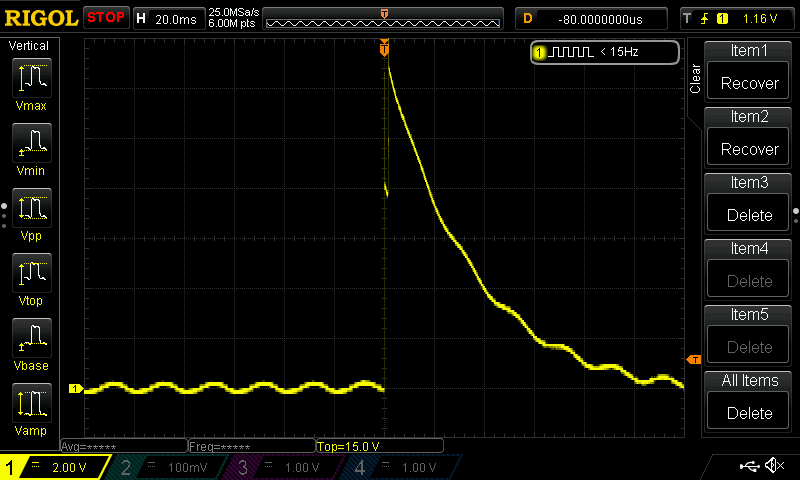
It's a "plastic on cardboard" action. I can easily generate 24 V peaks with the protection circuit in place. Not good for a 5V UNO. Most likely unhealthy for 3.3 V Arduino MKR or Raspberry Pi. If this would be mounted on metal, and a metal part would be used to hit, I'd expect the peaks to go higher. There's almost no energy - it's all voltage and for a short time. But it's voltage that often does the damage.
also check out this related post: Piezo disk as Vibration Sensor: input buffer and filter
Additional Syberia art from this walktrough, from PlayStation store.


